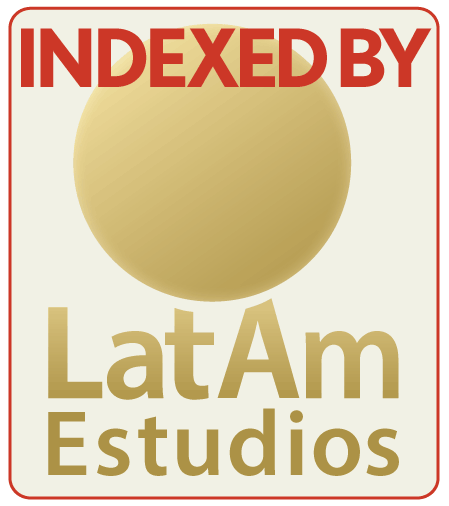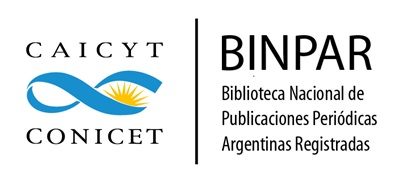Images of Youth in «Rurban» Contexts
DOI:
https://doi.org/10.24215/18524907e065Keywords:
rural youth, technologies, social uses, urban imagesAbstract
Young people and adults share socioeconomic and work profiles within an ejido community in northern Mexico. While these activities determine their link with the ejido, it is the lack of listening to each other that distances them. In this scenario, we reflect on two interrelated components to the technological vector: youth-adulthood and ejido-city. The differences detected in the field work will be a fertile scenario that helps to identify possible communicative solutions to the disagreement between these two generations.
Downloads
Metrics
References
Berardi, F. (2017). Futurabilidad. La era de la impotencia y el horizonte de la posibilidad. Ciudad Autónoma de Buenos Aires, Argentina:
Caja Negra.
Ley Agraria (1992). Dirección General de Servicios de Documentación, Información y Análisis, Secretaría de Servicios Parlamentarios, Cámara de Diputados del Honorable Congreso de la Unión. Recuperado de http://www.diputados.gob.mx/LeyesBiblio/pdf/13_250618.pdf
Cornejo, I. (Coord.) (2017). Juventud rural y juventud mayahablante. Acechar, observar e indagar sobre una temática emergente. Ciudad de México, México: Universidad Autónoma Metropolitana.
Corduneanu, I. (2017). Jóvenes rurales, actitudes y participación política: un tema emergente. En I. Cornejo (Coord.), Juventud rural y juventud mayahablante. Acechar, observar e indagar sobre una temática emergente (pp. 25-56). Ciudad de México, México: Universidad Autónoma Metropolitana.
Dussel, I. (2009). Entrevista con Nicholas Mirzoeff. La cultura visual contemporánea: política y pedagogía para este tiempo. Propuesta
Educativa, (31), 69-79. Recuperado de http://propuestaeducativa.flacso.org.ar/wpcontent/uploads/2019/12/entrevista_mirzoeff.pdf
Feixa, C. (2003). Del reloj de arena al reloj digital. Sobre las temporalidades juveniles. Revista de Estudios sobre Juventud, 7(19), 6-27.
Instituto Nacional de Estadística y Geografía (INEGI). (2015). Prontuario de información geográfica de los Estados Unidos Mexicanos.
Recuperado de https://www.inegi.org.mx/app/buscador/default.html?q=coahuila
Micheletti, S., Saravia, F. y Letelier, F. (2019). Los contenidos del habitar rurbano. Prácticas, movilidad e identidades en las ciudades intermedias del Maule, Chile. Cuaderno Urbano. Espacio, cultura, sociedad, (27). http://dx.doi.org/10.30972/crn.27274121
Mirzoeff, N. (2016). Cómo ver el mundo. Una nueva introducción a la cultura visual. Barcelona, España: Paidós.
Moxey, K. (2009). Los estudios visuales y el giro icónico (Trad. Roberto Riquelme). Estudios visuales. Ensayo, teoría y crítica de la cultura visual y el arte contemporáneo, (6), 8-27. Recuperado de https://bibliodarq.files.wordpress.com/2013/11/4c-moxey-k-los-estudiosvisuales-y-el-giro-icc3b3nico.pdf
Moxey, K. (2015). El tiempo de lo visual. La imagen en la historia. Ciudad Autónoma de Buenos Aires, Argentina: Sans Soleil.
Orraca, P. (2014). El trabajo infantil en México y sus causas. Revista Problemas del Desarrollo, (45). Recuperado de https://doi.org/10.1016/S0301-7036(14)70878-8
Silva, J. C. (2002). Juventud y tribus urbanas: en busca de la identidad. Última década, 10(17), 117-130. Recuperado de
Additional Files
Published
How to Cite
Issue
Section
License
Copyright (c) 2022 Esau Salvador Bravo Luis, Pamela Estefanía Martínez Espinoza

This work is licensed under a Creative Commons Attribution-NonCommercial-ShareAlike 4.0 International License.
The acceptance of an original by the journal implies the non-exclusive transfer of the patrimonial rights of the authors in favor of the publisher, who allows the reuse, after its edition (postprint), under a Creative Commons License Attribution-NonCommercial-ShareAlike 4.0 International.
According to these terms, the material can be shared (copy and redistribute in any medium or format) and adapted (remix, transform and create another work from the material), provided that a) the authorship and the original source of their publication (magazine and URL of the work) are cited, b) is not used for commercial purposes and c) the same terms of the license are maintained.
The assignment of non-exclusive rights implies that after postprint in Revista Argentina de Estudios de Juventud authors may publish their work in any language, media and format; in that case, it is requested that they signal that the material was originally published by this journal.
Assignment also entails the authors’ authorization for the work to be collected by SEDICI, the institutional repository of the Universidad Nacional de La Plata, and for it to be indexed in the databases that the publisher thinks appropriate for enhancing the visibility of the published work and its authors.
In addition, the journal encourages authors to submit their works to other institutional and thematic repositories after their publication in Revista Argentina de Estudios de Juventud, under the assumption that offering society unrestricted access to scientific and academic production contributes to a greater exchange in global knowledge.

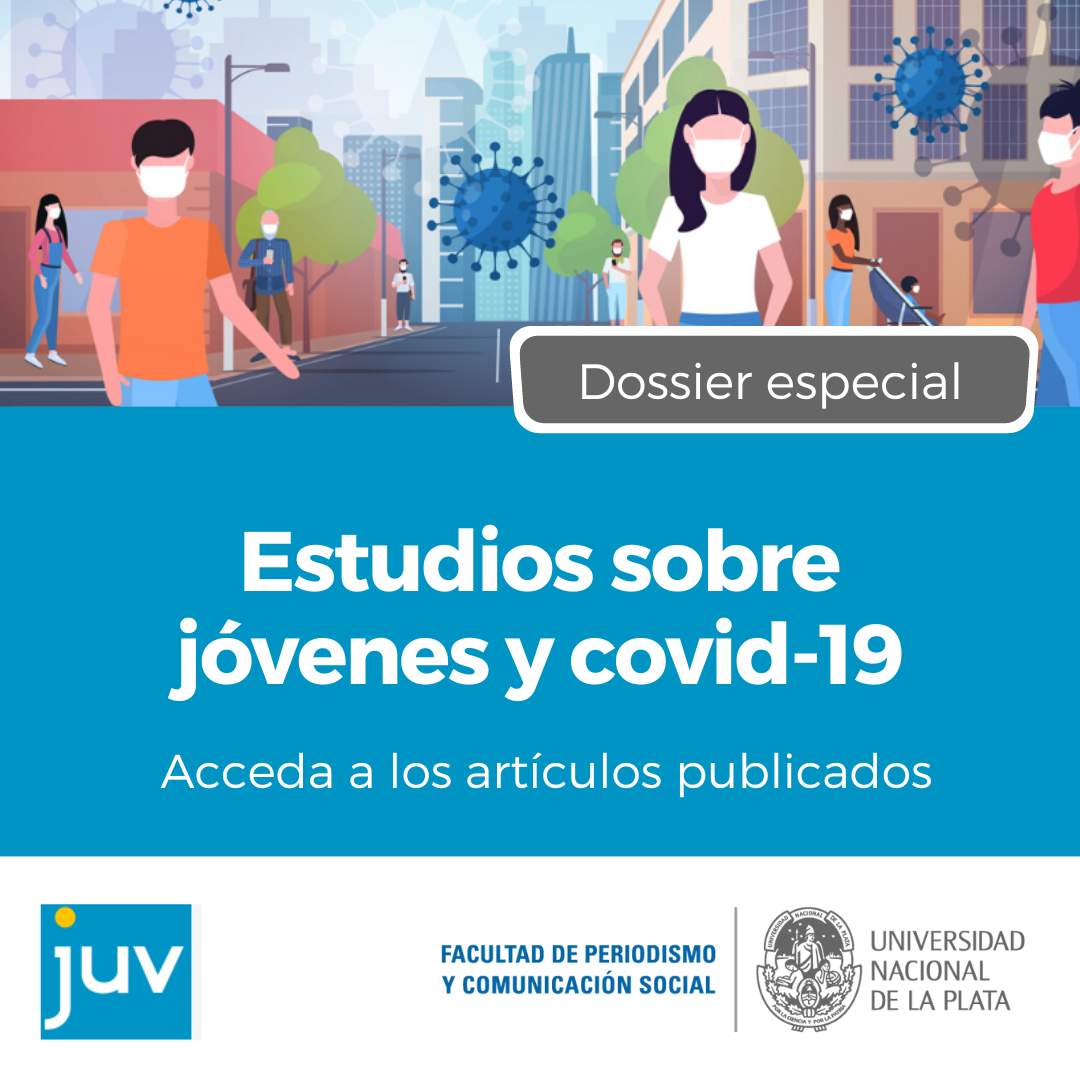




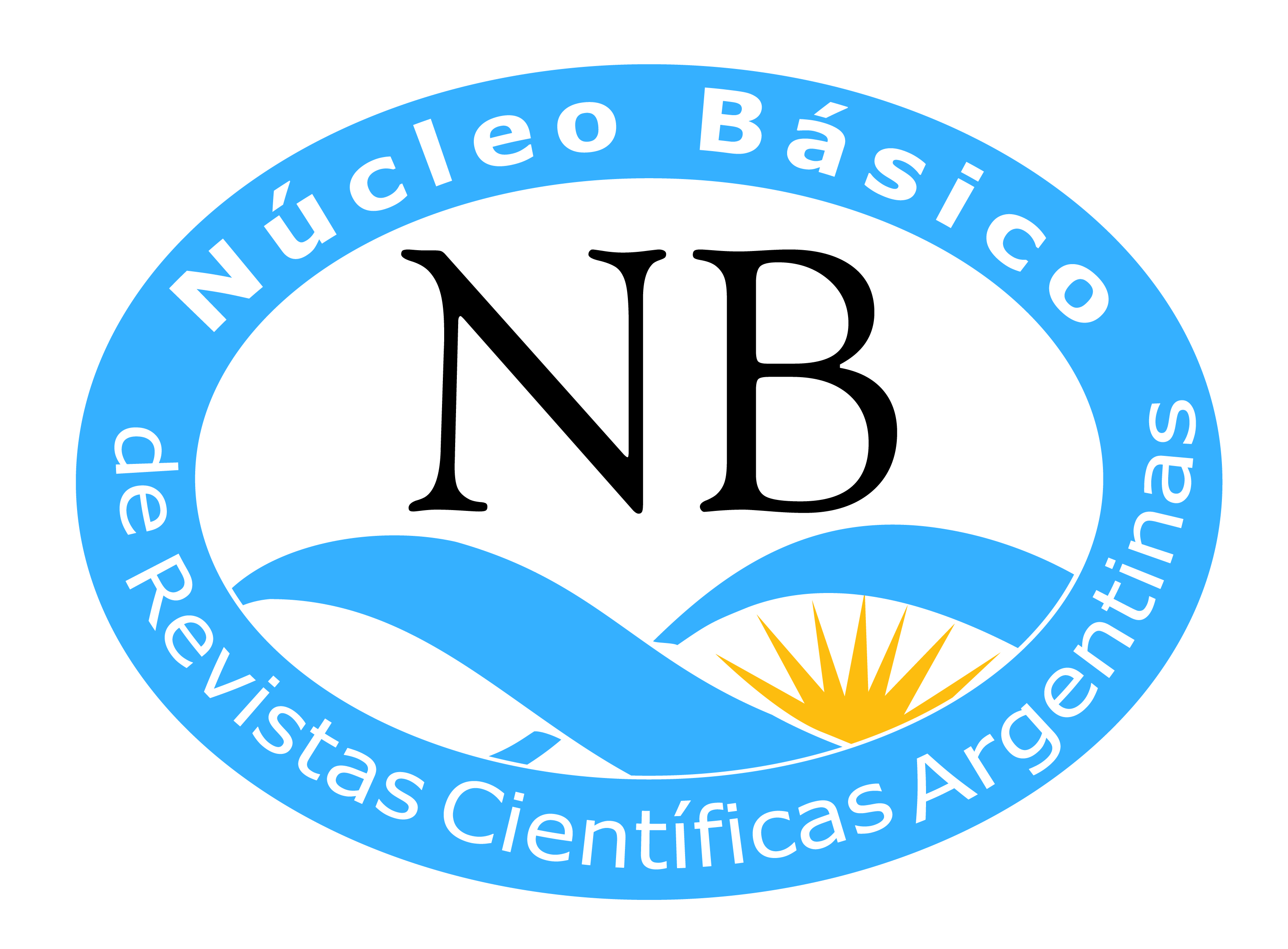


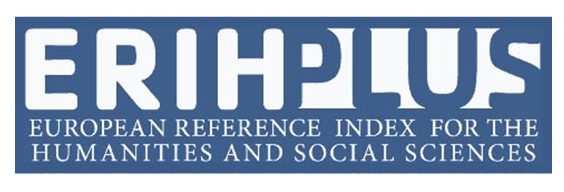



.png)
